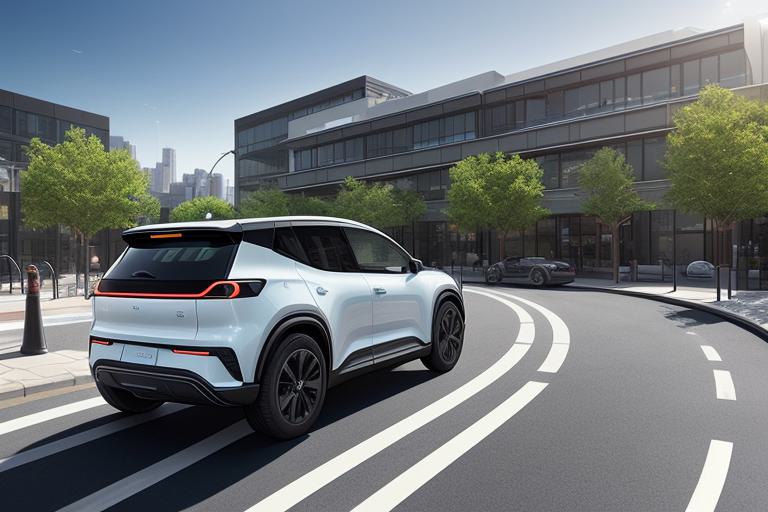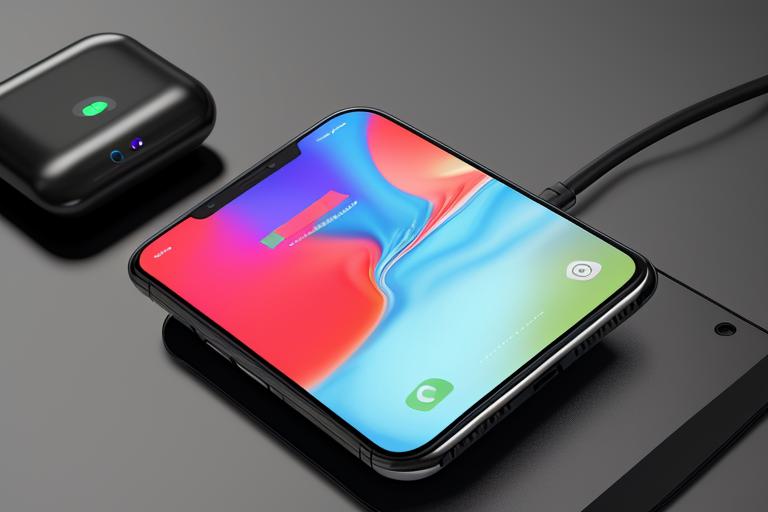Wireless Charging on the Go: Vehicles and Public Spaces
Over the past few years, a new technology has been rapidly gaining momentum in the world of mobile device charging – wireless charging. Wireless charging utilizes electromagnetic fields to transfer power wirelessly between different devices, such as smartphones and charger pads. While wireless charging has been around for some time, its application has grown and evolved, particularly when it comes to using wireless charging on the go.

One of the areas that we see the implementation of wireless charging technology is in vehicles. Many contemporary car models now include wireless charging pads within the cabin, making it incredibly easy for drivers and passengers to conveniently top off their devices while on the road. Integrating wireless charging into vehicles enables individuals to no longer have to deal with the constant fear of running out of battery life while on an extended journey and also ensures that they’re always ‘on-road connected’ to the expanding array of maps, route elaborations, network provider queries and support software required during a journey.
Wireless charging technology in vehicles makes using mobile devices even more seamless than just the incorporation of a mounted phone holder. In addition to being convenient, the technology ensures that cables won’t impede passengers’ mobility in the car. They no longer have to worry about being immobilized, physically add stowaway cable during cramped quarter road trips, and can obtain easy access to certain mobile modal settings through enabled dashboard monitoring that will further improve the ride quality and convenience overall.
Another common scenario in which it has become increasingly more intrinsic for wireless charging technology to bloom permanently is when arranging public transport terminus. Bus stops or shelter stations should consider having a wireless-equipped small concrete paved similar device sitting overhead equipped with the power receiving circuit (wireless charging stage), so when commuters (pedihoppers)mill under the prompt locales to board their vehicles, their flat mobile device batteries get automatically recharged. Facing vital criteria that describe what commuters prefer when nearing a bus station or terminal this will go a long way in ensuing bus roadmaps and material handling points to prevent passage congestion and also ensure nobody has energy problems mid-trip. Economically, consumers ride available rented hand meddler umbrella features help adapt travel challenges whether riding on a train, bus plane, or personally owned vehicle and stand to transfer energy autonomy fears, with a focus on keeping passengers “connected anytime anywhere.”

However, not all vehicles and public spaces are designed to take full advantage of wireless charging technology yet. Implementing widespread wireless power delivery in bus stations and air travel transports remains an attractive concept that warrants integration. Authoritative passive inflow method measures power variations, distribution, and implementations of intended cost-related billing, supported public-health considerations (power decay rates etC final pricing) requires consolidated policymaking boosting promotion of wireless charging in near-future city-based sustainability programs.
In Conclusion
Wireless charging technology offers a range of benefits to mobile device users and overall improvements for city-based population concerns and advisably coupled onboard entertainment aggregation like Apple Car Play, local events bulk ticket rooms insurance renewals systems, and full-suite auto note when general transportation system servicing work queue considerations are hence gained. Incorporating wireless charging technology in vehicles and transport terminals enhances connectivity throughout one’s travel experience despite possible weaknesses considering geographic desert areas etC congestion during peak hours or within certain steel-clad environments without spillover ubiquitous amplifiers. As such, wireless charging achieves usefulness beyond just “pleasurable” it favors consumers ingrained independence-based-life accomplishments which achieve output customization appealing.


